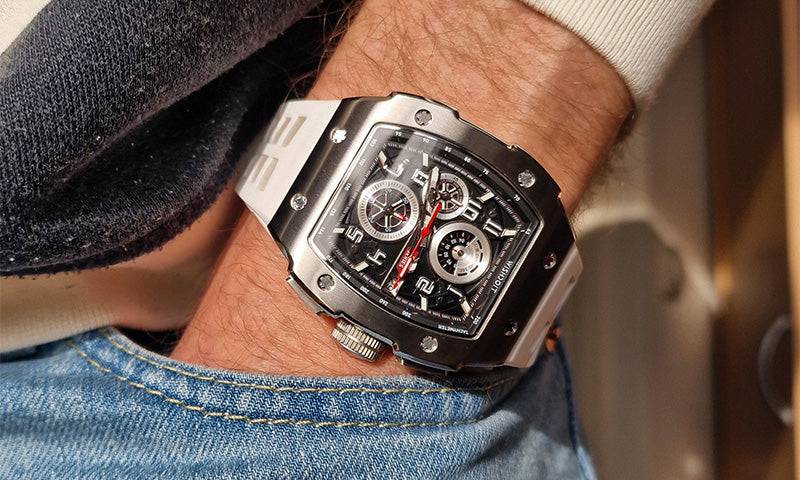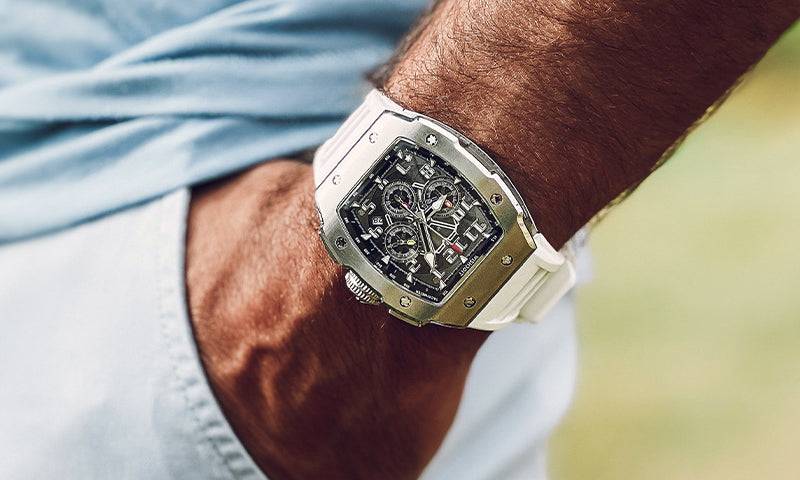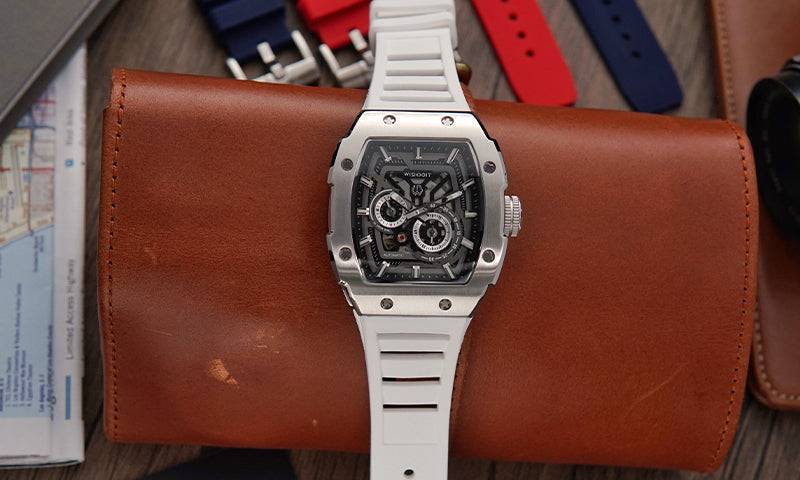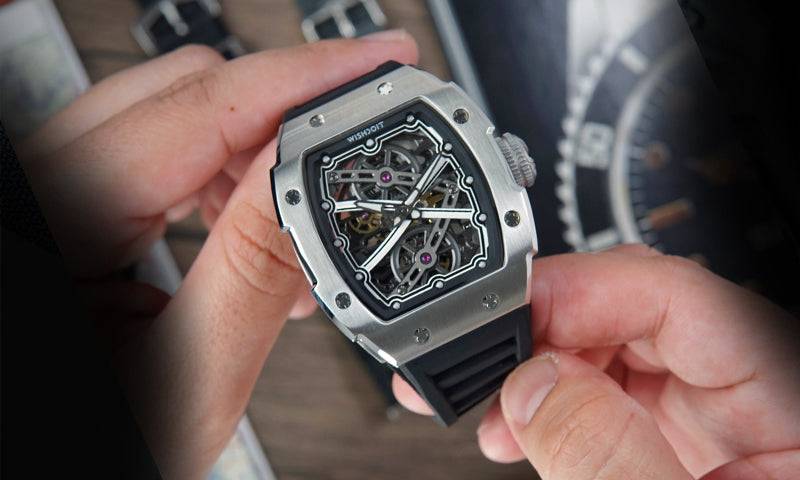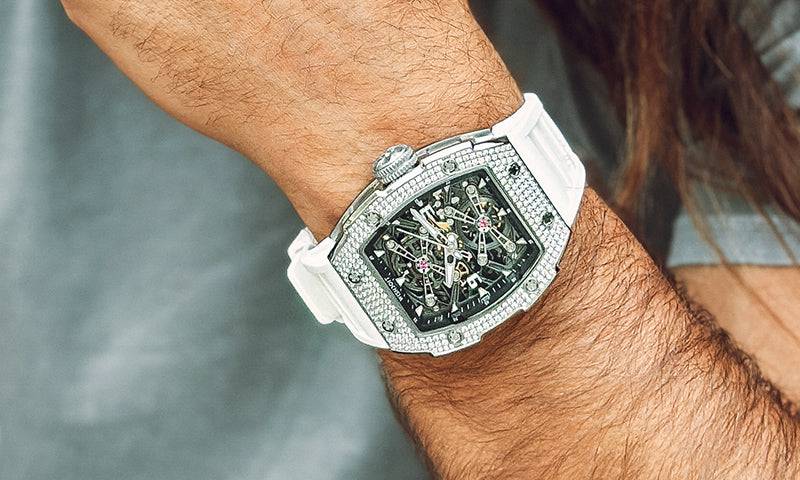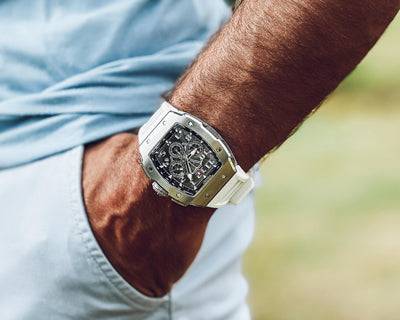In fact, the function of the watch is the canvas for the craftsman. The artisans of Geneva are known for their diligence and study. Helping people solve time mysteries and calendars becomes their special mission to help others. Their aid was a watch fitted with the appropriate complication indicating the calendar and, of course, the hours, minutes and seconds.
Date indications were present on early clocks. A full calendar, which is meant to include the day, the month, and the usual phases of the moon appearing soon. By the late 16th century, calendars appeared on watches. Even at the beginning of the 20th century, when watches had gradually expanded their market share, manufacturers did not see that much of an opportunity to put the date on the watch.
In 1904, the watch that Cartier created for the aviator Santos Dumont is the representative of modern watches. A pilot only needs hours and minutes to go to the sky, not a calendar. The first complication-only watch is still in the future. It wasn't until 1915 that manufacturers recognized the general need for date displays. Since then, dates have become increasingly important in meetings and business life. After a hectic workday, men or women can't help but glance at the date on their watch, even though they've checked it multiple times.
The calendar display of the Athens watch is a double-window large calendar, which is also a kind of large calendar. The Ulysse Nardin Watch Dual Time Zone Small Second Watch has a patented large calendar dual window display, which can also clearly distinguish the time display window of the second time zone.
This automatic watch is equipped with a UN-24 self-winding movement with a patented quick-set hour button. Ulysse Nardin's dual time zone watch features a windowed date display and a quickly adjustable second time zone window (9 o'clock).




